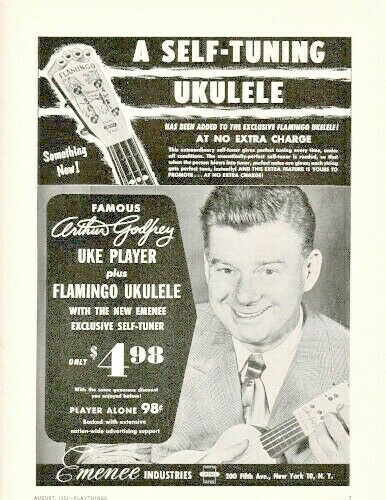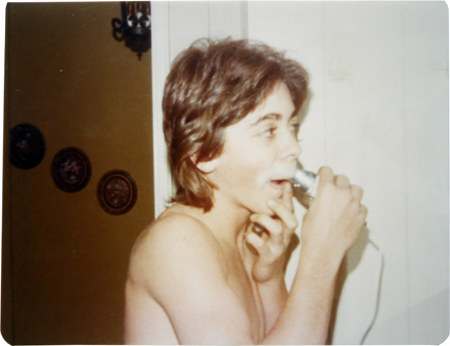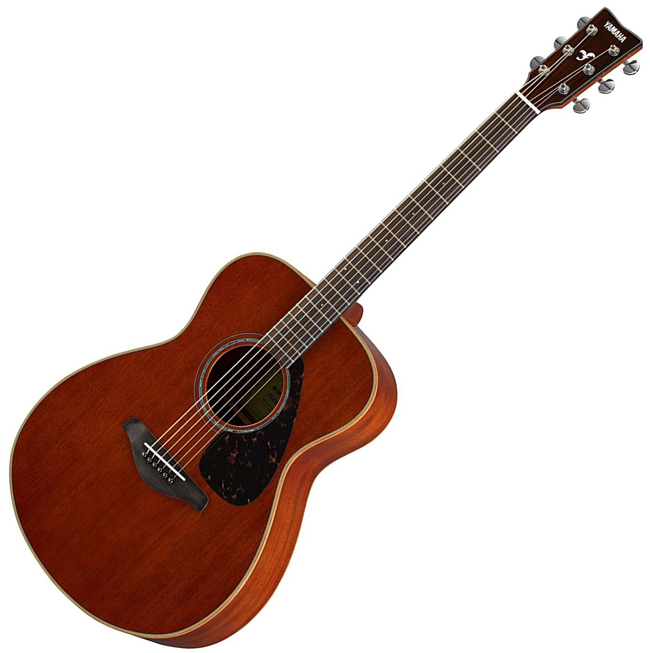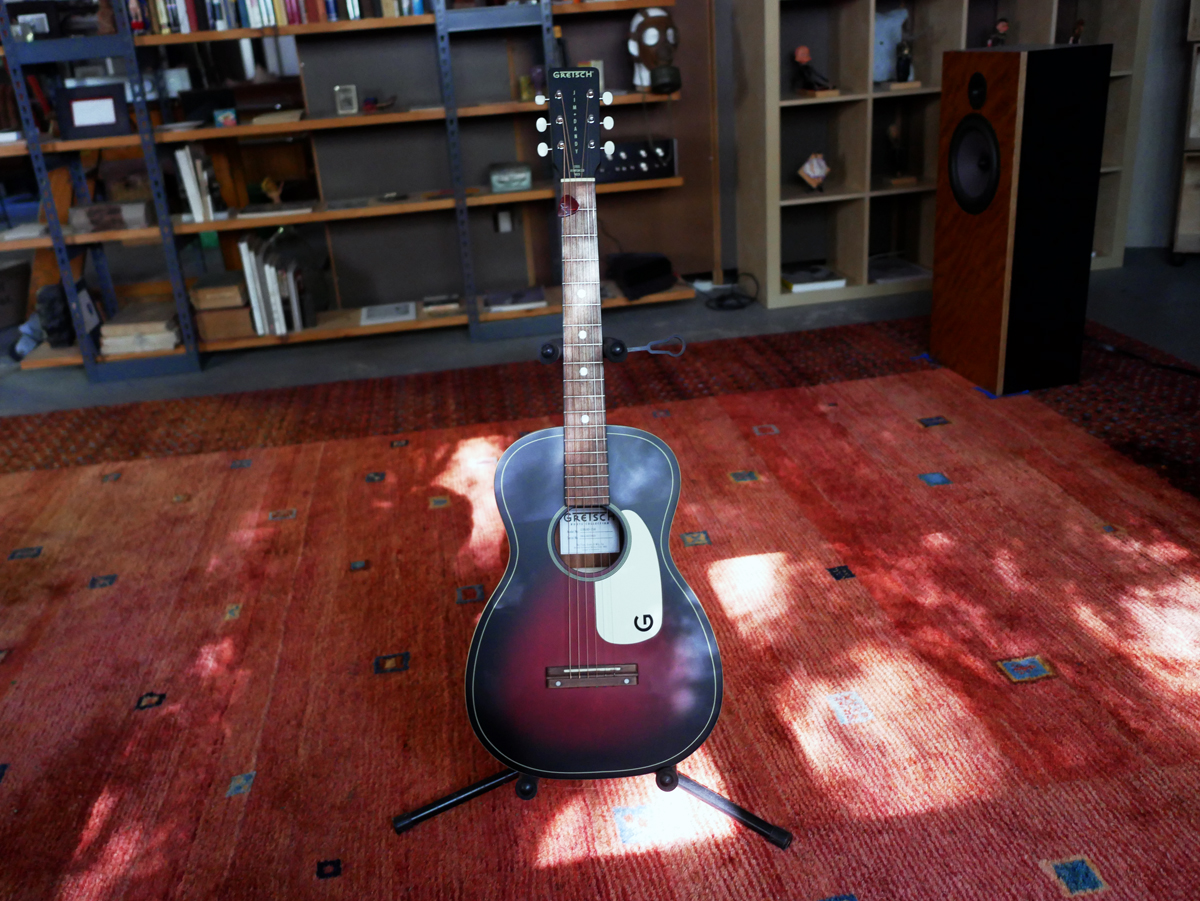
Guitars are like lovers. And hifi.
There is no perfect guitar, but there are perfect guitars. Sometimes I think if we kept this simple fact in mind, and applied it to most everything that involves a choice, we’d all be happier. More content. I say this, in part, because I recently rejoined Facebook for Twittering Machines’ purposes after more than a year-long absence and I am shocked and saddened but the sheer volume of griping over. . . everything. Ick.
When it comes to guitars, lovers, and hifi, I have to wonder how we get so bent out of shape. After all, even a supposedly bad guitar, lover, or hifi are all still pretty great in the grand scheme of things. As my father used to say, It beats a sharp stick in the eye.

I’ve owned things with strings starting with Emenee’s “Flamingo”” Ukulele which came with Arthur Godfrey’s Famous Uke Player, a plastic contraption that went over the fretboard, held on by rubber bands, with buttons for making chords. As if making a chord on a plastic Uke, yea, it was plastic too, was somehow difficult. I soon graduated to a baritone uke from Harmony, which oddly coincided with puberty, and after a brief stint with what can only be described as the least playable acoustic guitar in the history of mankind, my parents broke down and bought me a Guild Madera acoustic guitar when I hit my teens.

I never really loved that Guild guitar but I played it over and over, over the course of damn near 40-years, on and off. The Madera was a dreadnaught style guitar and I never warmed to its big body or bright tone. If you can’t be with the one you love, love the one you’re with. In more recent times, I’ve gone through a number of inexpensive vintage guitars from companies like Harmony and Sterling and while they fit my style more than the Madera, my style is in general terms blues hack, they were not the friendliest instruments to play. Or to put it another way, I remained dissatisfied which can happen with guitars, lovers, and hifi.

I went about my virtual researching routine, months turning into years of searching, reading, and watching YouTube video reviews of guitars that came to my attention after searching for things like “best budget small bodied acoustic guitars” and “best acoustic guitars under $500” and so on. I eventually drove down to a somewhat local Guitar Center, not my favorite place to buy something as special as a guitar but budget buyers can’t be choosers, to return the used Recording King parlor guitar I’d purchased online from Guitar Center. Described as being “like New!”, the neck was so irreparably warped you couldn’t play anything beyond the 7th fret. Once in store, I tried out a Yamaha FS800 and thought, I could live with this.
The thing is, people who buy guitars care about things like how they’re made, what they’re made from, and pedigree more than they care about being able to live with it. We want passion, we don’t want to settle. Tone, bracing, scale, materials, size, shape, weight, and more bounce around your head when shopping for a guitar online because you want to believe that reading about such things will somehow magically translate into how much you’re going to like your new guitar when you finally get to hold it your arms. The thing is, they don’t.

I finally bought a Yamaha FS850 because its all mahogany body was going to sound just right. A few days after my shiny new Yamaha FS850 arrived, I realized I hated it. Hated it. While it had everything I needed, it was nothing like what I wanted. If I’d had a Facebook account at the time or if I participated on guitar forums, I never have, I’m certain I would have griped along with the best of ’em, as if my life had been forever marked by the sheer pain of this experience, sending me into years of EMDR therapy for my PTSD. The cost of this mahogany foray amounted to the cost of return shipping, so it was a relatively painless breakup.
The Gretsch Jim Dandy had been part of nearly every search result. The problem was, it was not currently in production and it was, you know, cheap, and there was really nothing special about it, according to the specs. A basswood body? Basswood? May as well be cardboard! Yet there was something about that little Jim Dandy that kept calling me back to check in stock status. I finally broke down and emailed Gretsch, imagine going directly to the source for information (which rarely happens with guitars, lovers, and hifi), and it turned out the factory where Jim Dandys were made burned down, but the new factory was coming online within a few weeks!
So I waited a few weeks, an excruciatingly long time in the land of guitars, lovers, and hifi, and when Jim Dandy re-hit the shelves, an online retailer had it on special for $139.00, discounted from its normal $169.00 asking price. I pounced, I jumped, I nearly leapt through the internet to collect my Jim Dandy but I waited impatiently for my Jim Dandy to arrive.
After working as quickly and carefully as is humanly possible, using all of my unpacking skills honed by years of opening boxes with hifi’s inside, I lifted my lovely classic Two-Tone Sunburst finished little light-weight Jim Dandy out of its wrapping with my left hand so my right hand could strum its strings as the foam sheets fell from its body like lace. And lo and behold, its synthetic bone saddle and x-braced basswood body produced the voice that haunted my reverie. Once we sat down together, our bodies fit like long lost lovers as we played and played and played.

Anyone can easily make the case that the Yamaha FS850 I so disliked is a better guitar than the Jim Dandy I love. That’s the beauty of life.
